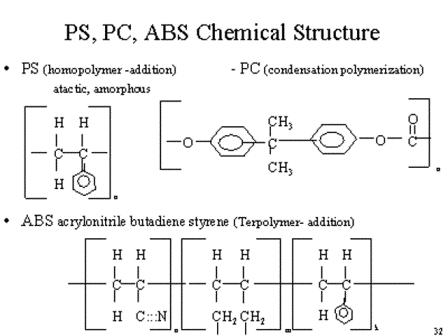
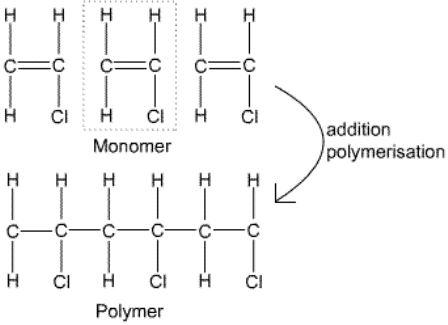


This course began by explaining the very nature of the chemical structures of plastics, it explains the "mers" or different parts that are involved in creating the long chains that make up polymers. It showed how the monomers such as ethylene or methane react with different groups to form thermoplastics and thermosets and explained in great detail all the different polymers and their properties. Some of the different ones were polyethylene, polystyrene, polypropylene, polyvinyl chloride (PVC), polyvinyl acetate, Nylon, Lexan, PEEK and many more. Other bits of info such as trends in plastics manufacturing, commodity plastics, industry price volume relations and historical data on plastic development were discussed.
 |
 |
 |
 |
Some examples of different plastic structures being studied above ^ . We also learned a lot about the different chemical aspects of plastics such as the chemical electronegativities and dipole bonding, instantaneous dipoles, covalent bonding of thermosets and electron energy states. We learned how the chemical chains get tangled in each other according to the different pendant groups involved in the chains of molecules. We learned how this affected the way that thermoplastics could be heated to break the weaker bonds and how this made thermosets bond permanently. Of course the effects on the material properties of all these plastics from the different chemical compositons were explored.
We then learned about all the methods used to produce our thermoplastics and thermosets. We learned Addition Polymerization, Condensation Polymerization and how to compute molecular weight averages. All the different values such as glass transistion temperatures, heat distortion temperatures, velocity gradients, torsion stresses, shear moduluses and so on. Shear thinning, strain rates and strain rate sensitivity, creep, blushing and hardnesses and impact testing were learned with periodic labs which included the instruments shown below (images taken from the web). We did labs where we measured the melt flow rate using a Melt Flow Index Tester like the one below. We tested hardnesses of different plastics and did tensile tests using the machines shown below with specimens that we made in the lab using different methods.
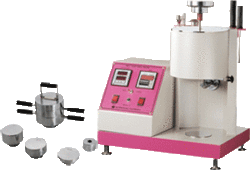
|
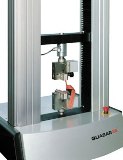
|
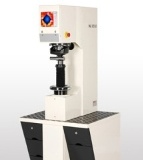
|
The environmental effects on plastics such as oxidation, chemical resistance, UV sensitivities and microorganism resistance were discussed. Different ways to add compounds to couteract some of these were learned. The exentricities of each different plastic compound were discussed in detail along with the strengths of thermoplastic compounds. Different methods of strengthening such as biaxial strengthening were learned. Aramids such as Kevlar and Nomex were explored. Carbon fiber materials were also explored. Different methods of layering in different directions and the arrangement of the fibers in a matrix were discussed. The trade between flexibility and strength were taught along with some tensile tests done on specimens that were made by us in the plastics lab using pre-preg materials. Different types of resins were looked at in detail. The designing of products with different types of materials was explored.
The next part of the course was focused on learning the different types of manufacturing processes involved in the production of thermoplastics and thermoset materials. We started off by learning the thermoforming method and we made a thin plastic tray in our thermoforming machine in the lab. We then analyzed this tray by measuring the thickness and dimensions of this tray and figured our draw ratio and area ratio of our part.
Next we learned extrusion blow molding, injection blow molding and the different methods involved with each. Gates, parison diameters, clamp forces and pressures were discussed.
Injection molding was learned and we made a part in the injection molding machine in our plastics lab. Shrinkage, cracking, crazing, delamination, discoloring, warping and other defects were all discussed.
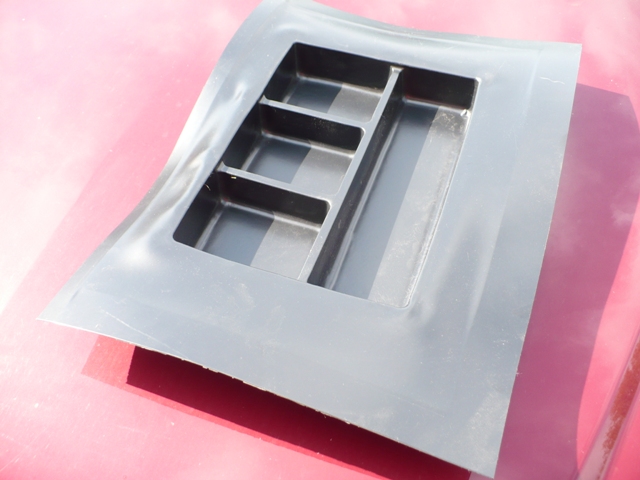
|

|
The processes of thermofoaming, fiberglass spraying, vacuum bagging, VARTM (vacuum assist resin transfer molding), reaction injection molding, RTM, SRIM, glasstrusion and pulltrusion were discussed next, a number of manufacturing videos were shown on these processes.
The final part of the course dealt heavily with the processes in making composite materials. Polyesters, epoxies, Polyacryl nitrites, polyimides were discussed and the properties that result when different types of mixture of fibers and matrixes are used. Whiskers, high length fibers, boron fibers and their arrangements in the matrix were discussed. Pre-preg materials such as SMC-B, S-glass epoxies and the different methods of layering were experimented with.
|
This course was pretty informative. While I'm not really considering going into a plastics manufacturing career, it gives me a background on how to design something with thermoplastics, thermosets or composites. It also lets me know the degree of difficulty in manufacturing each of these materials and what their relative strengths and weaknesses are. I can also assess and identify any environmental damage to existing designs in the field and explain why these things happened in detail. This course is used as my technical elective and is a great addition to my course studies as so many things nowadays are manufactured with these materials.